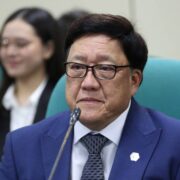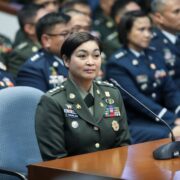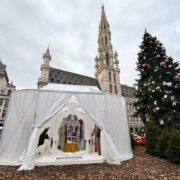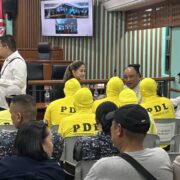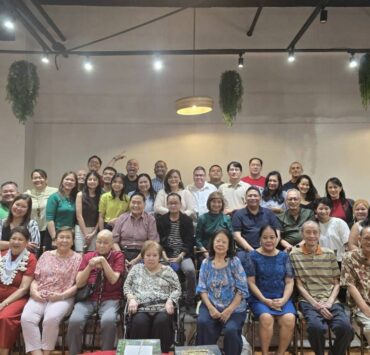Heritage as a foundation of growth
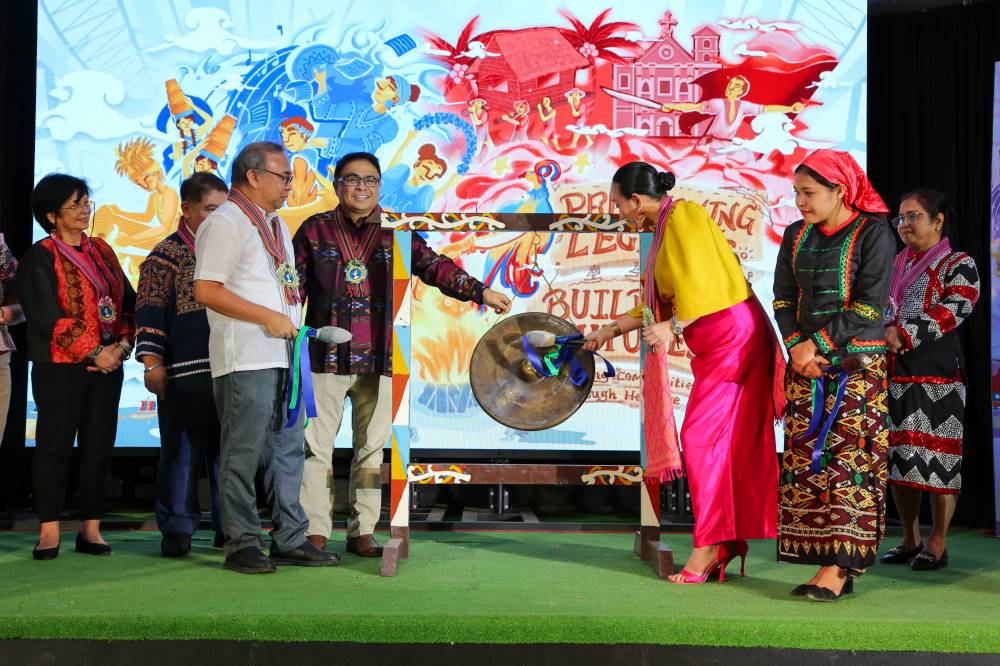
The National Commission for Culture and the Arts (NCCA) recently opened heritage month celebrations in Dapitan, a “place that reflects the deep historical and cultural identity of the Filipino people.” The theme this year is “Preserving Legacies, Building Futures: Empowering Communities through Heritage.”
The opening ceremony of the annual event instituted in 2003 through Presidential Proclamation No. 439 was held at the Jose Rizal Memorial State University (JRMSU) in partnership with the local government and the NCCA.
Kathlyn Hamoy of the JRMSU Board of Regents said the theme “encourages us to look at heritage not only as something we inherit, but as a foundation for growth, community involvement, and future development.
“It is a reminder that heritage is part of our daily lives, found in our traditions, stories, built environment, and shared values,” she added.
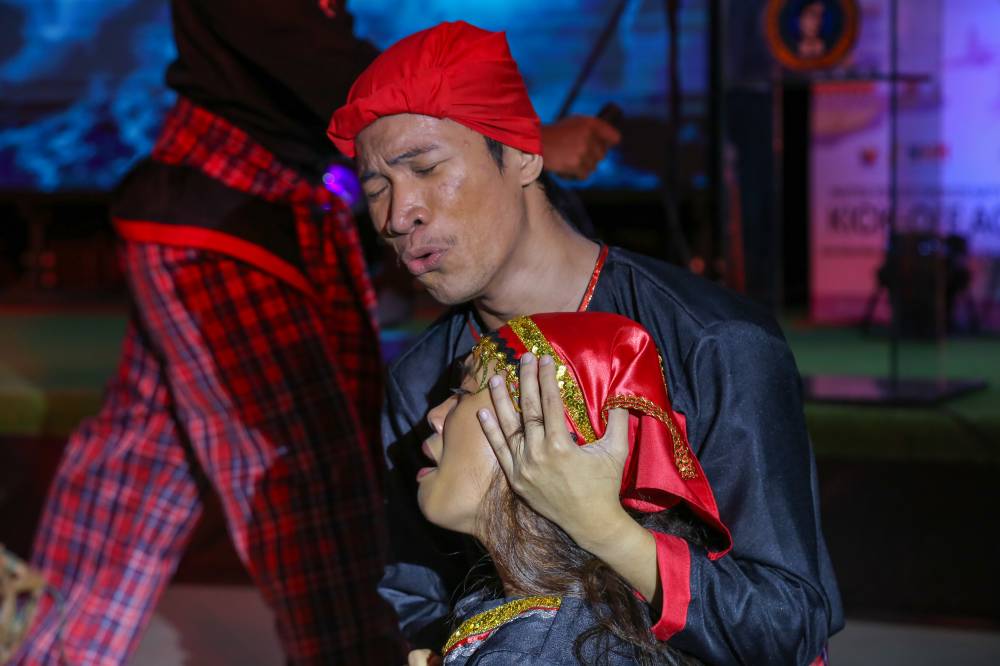
Hamoy also explained that her institution is committed to heritage work with its numerous activities aimed at preserving and promoting cultural heritage, which include research, extension programs, education, and institutional collaborations.
“These efforts aim to ensure that the next generation understands, appreciates, and protects our heritage.”
In a statement, the NCCA said the heritage month “is more than a celebration, but a commitment to safeguarding our past while building a thriving future.
“By working together, sharing knowledge, and embracing innovation, we can ensure that our heritage continues to inspire generations to come.”
Objectives
This year’s celebration has many objectives that stress the need to protect, conserve, and preserve the rich heritage of the Filipino people.
The event showcases the conservation and safeguarding of Filipino culture, inspiring and developing future heritage advocates by arming them with skills, and boosting awareness of Philippine cultural patrimony.
It likewise promotes collaborations between public and private institutions and communities, supports the traditions of varied indigenous peoples of the country through recognition and preservation initiatives, and encourages sustainable tourism that protects and respects cultural heritage sites.
Activities include seminar-workshops on the preservation and restoration of library resources and digitization and digital preservation of important documents and publications at the National Library; a summit on Bicol museums in Vinzons, Camarines Norte; and a writers’ workshop on the history of Eastern Visayas in Tacloban City.
Also part of the monthlong celebration is a seminar on disaster mitigation for church archives at the University of Santo Tomas, training in Tacloban on the preservation and protection of heritage structures, digitization, and archiving training at the Mindanao State University in Marawi City, and a workshop on archiving and collections for artists and art galleries in Pasig City.
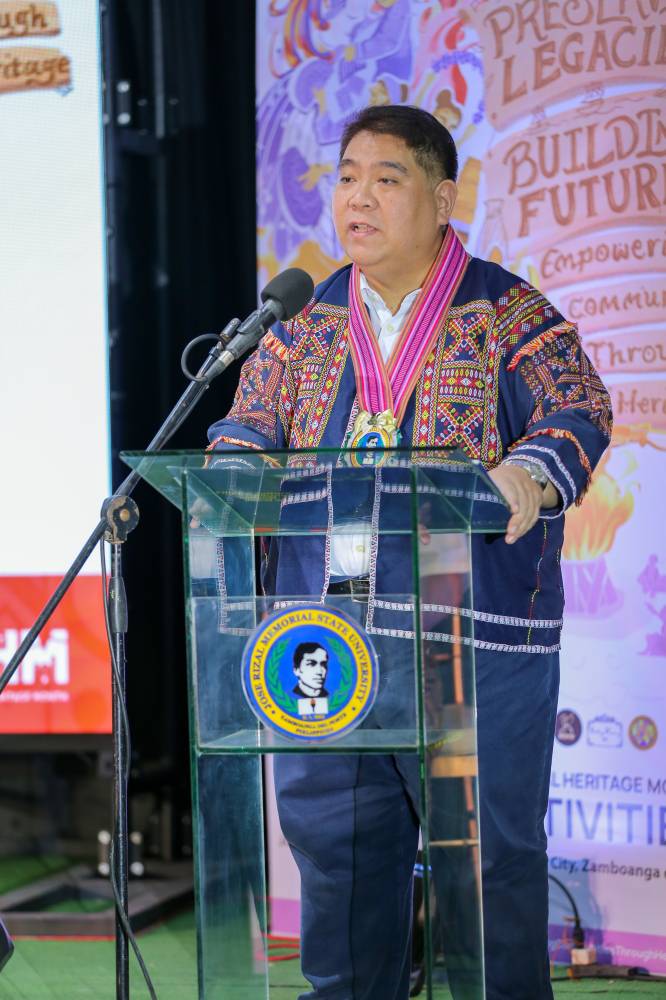
Closing ceremonies will be held in Sorsogon City.
As mentioned, this year’s monthlong celebration is heavy on capacity-building seminars, trainings, and workshops. NCCA chair Victorino Manalo said at a press conference in Manila that this was to empower communities and instill a profound understanding of the cultural heritage of the Philippines. These are done, he said, for these heritages to be preserved, which is tantamount to preserving the Filipino cultural identity.
He said it is a multistakeholder effort involving the private sector, academic institutions, local government units, and the youth.
It also spotlights “the remarkable contributions of our cultural workers and artists who play a vital role in keeping our heritage alive.”
NCCA executive director for operations Joseph Bernan Corpuz meanwhile explained that these activities aim to enable “active stewards” in the protection and preservation of heritage. “Heritage conservation thrives on collective effort,” he said.
By blending traditional knowledge with modern techniques, communities can create innovative sustainable preservation strategies. Educational forums, hands-on training, and interactive exhibits will equip individuals with the skills to become active cultural stewards,” he added.





